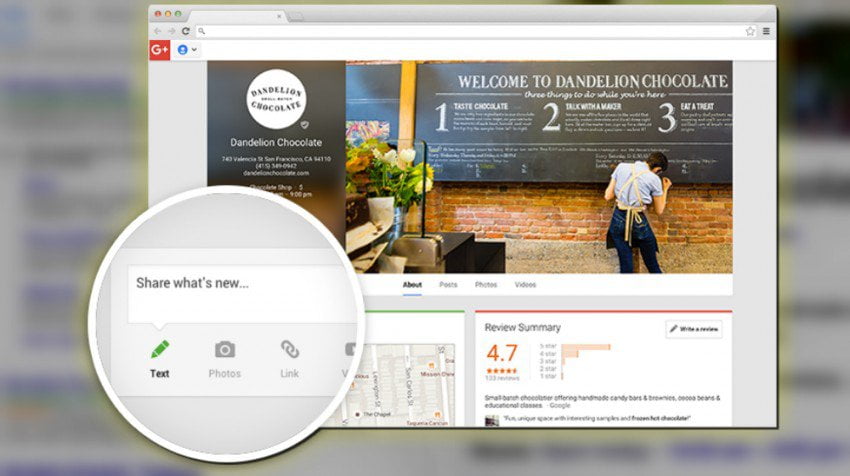


Local search drives more clicks and calls than any other marketing channel, making it the most effective marketing technique for small business.
Not convinced? Just ask the BrightLocal team, which found that local search delivers a greater ROI than other digital marketing channels, according to its September 2015 survey.
Further underscoring this finding: 34 percent of small business owners told BrightLocal that if they could only choose one marketing channel, they’d pick local search. Is your company feeling equally bullish about local search?
If not, that’s understandable. Google’s rollout of “Google My Business” — a combination “master dashboard” for Google Plus, Google Maps and Google Search (and confusingly the latest iteration of Google Places) — has left plenty of small businesses confused.
Keeping up with Google’s ever-changing search algorithm can be hard enough, not to mention keeping tabs on the latest local search changes. Location proximity and industry categories play just a small role in Google map listings. In order for your business to rank highly, when it comes to Google My Business local SEO, you need to master the art (and science) of local SEO, starting with Google My Business.
“For over 13 years I’ve been doing local SEO for many of our clients, and I’ve seen every change from search engine algorithm updates to the look of Google’s search results, including local and mobile. One solid way to attract visitors to your website and to your business, especially if you’re a brick and mortar business, is by having an optimized Google My Business page.” said Seth Rand, Founder and CEO of Rand Marketing.
For example, let’s say you live in Philly, you’ve just been in a car accident and need a great injury lawyer. Google “Philly injury lawyer” and before you even see a listing of websites, you’ll see a map with the top three local results.

Here’s the kicker: these Google My Business local SEO results are oftentimes different from the search results below the map, which could be informational pages on finding credible personal injury attorneys or a Pennsylvania attorney directory. The local listings are what your prospective clients or customers will see first; that’s why ranking highly in these listings matters so much. In this case, the top ranking is for The Law Offices of Joel J. Kofsky.
So how can your company get to the top of Google map rankings like The Law Offices of Joel J. Kofsky did with “Philly injury lawyer”? Here’s what you need to know.
What is Google My Business?
Google My Business is a master dashboard that connects your business directly with customers, whether they’re looking for you on Search, Maps or Google+. Think of it as a master information hub from which you can manage all things Google. Once you’ve verified your account, you’ll need to confirm that your account’s NAP (name, address, place) information is correct, along with your business hours. This information will be visible in search results, so it’s absolutely critical to keep up to date.
How Does Google My Business Impact Map Ranking?
A number of different factors will impact your map ranking, including complete NAP information. Reviews can impact your ranking as well, and can also give you some valuable insights into what clients think about your business.
Consider this search for “find a doctor charlotte NC”.

Carolina Physicians Group is listed in the top three search results with three reviews. Click on these reviews, and the top one is pretty critical about the ability to get appointments, even though it was from two years ago. While a single bad review won’t sink your local ranking, cumulative negative reviews can discourage customers and ultimately hurt business.
How Do I Optimize My Listing?
Once you’ve claimed your company profile, the next step is to optimize your business information. This includes inputting the correct location, choosing the relevant business categories, adding images (with appropriate keywords), inputting correct hours of operation, and keeping tabs on your reviews.
Conclusion
Once you’ve mastered your Google My Business local SEO properly, it’s time to target third party visibility through other local search sites like Yelp, Yellow Pages, Bing, and Refer Local. Create local content, strategize keywords, build quality links and capitalize on social media outreach to drive local traffic.
Image: Google
[“source-smallbiztrends”]

